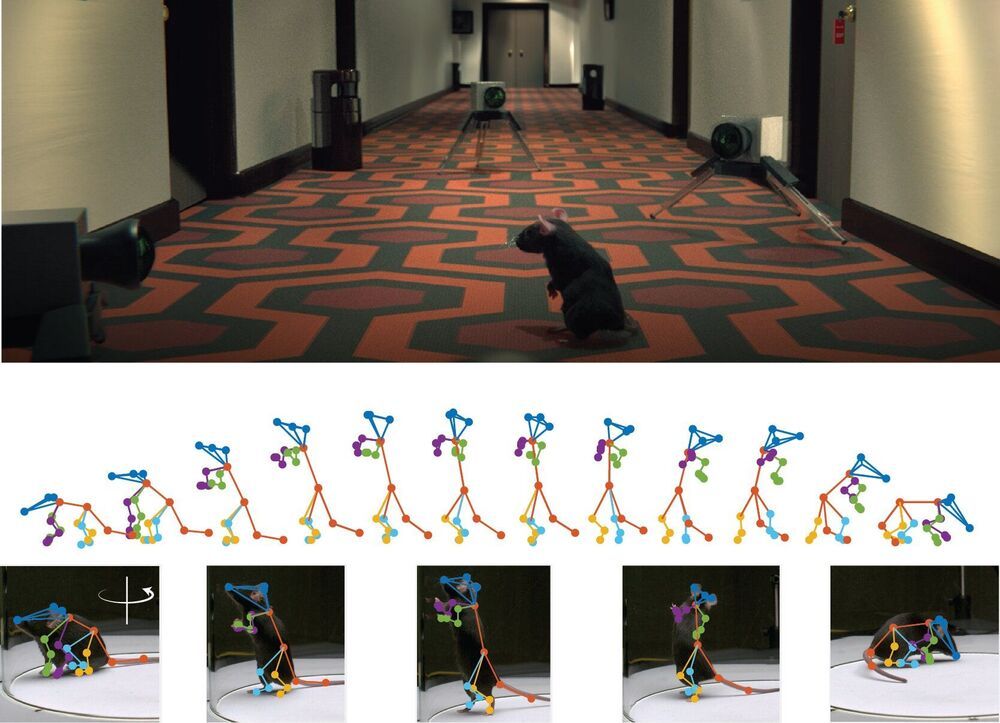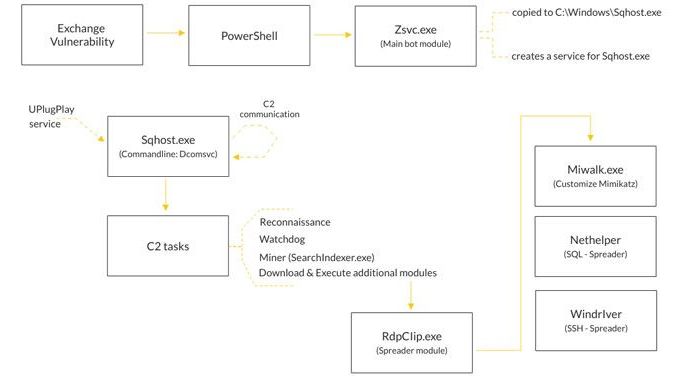
Animals are constantly moving and behaving in response to instructions from the brain. But while there are advanced techniques for measuring these instructions in terms of neural activity, there is a paucity of techniques for quantifying the behavior itself in freely moving animals. This inability to measure the key output of the brain limits our understanding of the nervous system and how it changes in disease.
A new study by researchers at Duke University and Harvard University introduces an automated tool that can readily capture behavior of freely behaving animals and precisely reconstruct their three dimensional (3D) pose from a single video camera and without markers.
The April 19 study in Nature Methods led by Timothy W. Dunn, Assistant Professor, Duke University, and Jesse D. Marshall, postdoctoral researcher, Harvard University, describes a new 3D deep-neural network, DANNCE (3-Dimensional Aligned Neural Network for Computational Ethology). The study follows the team’s 2020 study in Neuron which revealed the groundbreaking behavioral monitoring system, CAPTURE (Continuous Appendicular and Postural Tracking using Retroreflector Embedding), which uses motion capture and deep learning to continuously track the 3D movements of freely behaving animals. CAPTURE yielded an unprecedented detailed description of how animals behave. However, it required using specialized hardware and attaching markers to animals, making it a challenge to use.


















